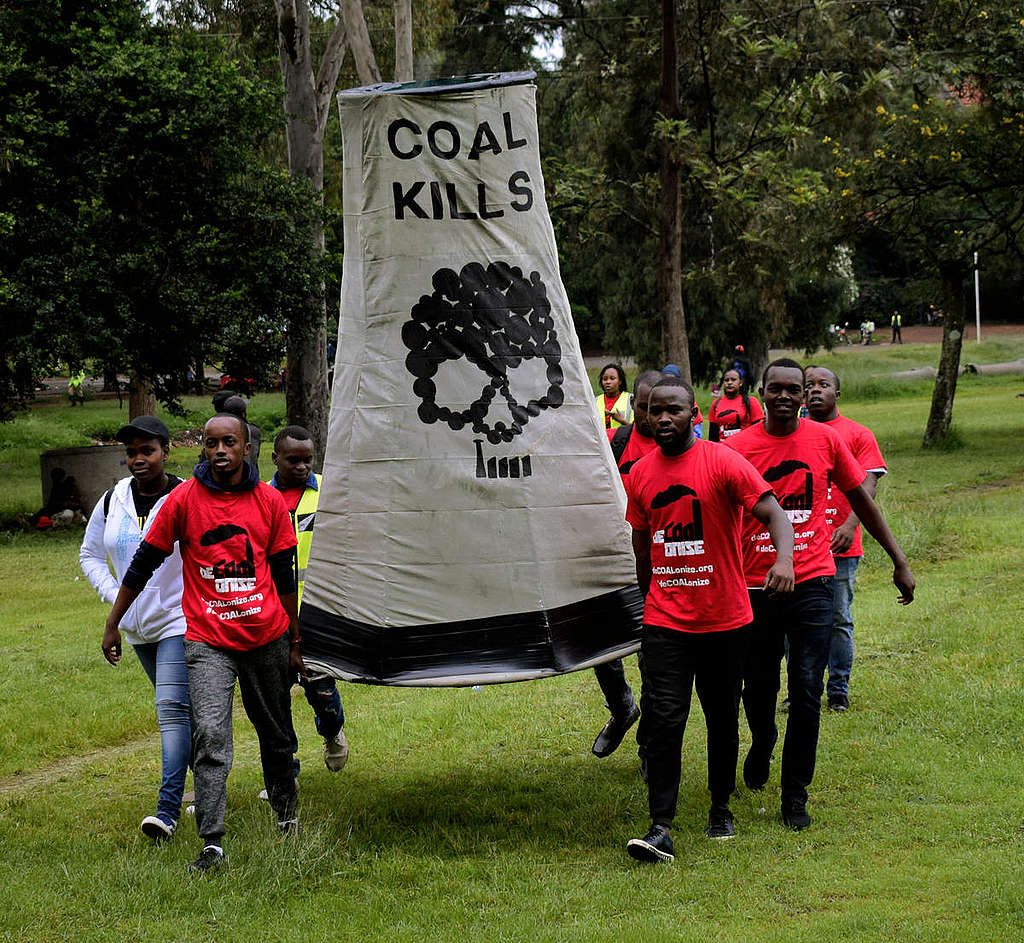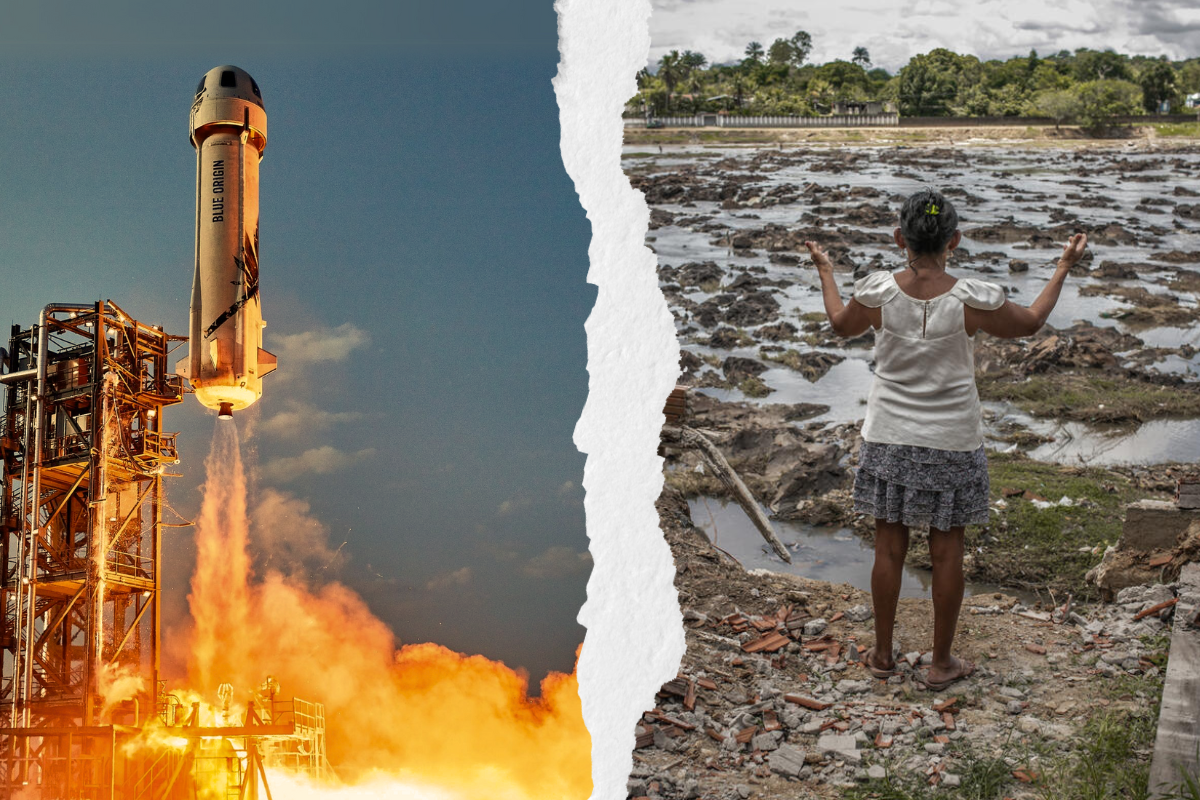The 1,050-megawatt proposed Lamu Coal Plant has raised a lot of controversial issues between investors and climate change activists. While investors claim that it would lower the overall cost of power generation in Kenya, environmentalists are highly concerned about the colossal impact of fossil fuels on the environment, not even mentioning the impact on the health of the people.
Being the first coal-fired power plant in Kenya, and in East Africa, the Lamu Coal Plant brings up a lot of questions, since Kenya has a huge capacity of potential renewable energy that can be readily tapped into. So why turn to non-renewable fossil fuels?
Recently, Kenya has indulged in renewable sources of energy such as wind, solar and geothermal. This led to a record of 24 percent of Kenya’s electricity coming from these sources in 2015. With more investment in renewables, Kenya has the potential to raise that percentage and have more renewable sources of energy enter the nation’s electricity generation portfolio.
In 2014, the Kenyan Government awarded the Amu Power Company the tender to design and build the Lamu Coal Plant, sadly on the only part of Kenya that has been spared from industrial development. Part of its plan includes importing coal from South Africa and Mozambique and generating more from the Kenyan soil. This will be highly taxing on our natural resources as a country, considering fossil fuels are extremely toxic, as well as costing an extra fee for taxpayers; and ultimately, would not ensure the country of meeting its current and future electricity demands.
Economy
The Lamu Coal Plant raises several issues with the Lamu communities, which have so far been ignored despite their urgency. Lamu is located on the northern coast of Kenya owning one of the most alluring coastlines in the world. It’s inhabited mostly by the Swahili people whose main source of income comes from the fishing industry, which is currently valued at Ksh1.6 billion, and tourism
Construction of the Lamu Coal Plant would have a direct impact on the economic sustainability of the Lamu community. Among the hazardous emissions of the fossil fuels combustion is nitrogen, which then forms acidic rain that kills fish and shellfish, thereby reducing the supply.
Toxic pollution
The Swahili people are confronted with one of the most serious threats imaginable. The anticipated environmental impacts of the Lamu Coal Plant are being belittled. Coal combustion releases toxic substances such as carbon, sulphur and nitrogen into the atmosphere, which becomes a health threat to the people. Acidic rains change the composition of groundwater and seawater making it fatal to both human and aquatic life.
Rising voices against Lamu Coal Plant’s installation
On the brighter side, opposition is growing. Efforts to halt the implementation process of the Lamu Coal Plant are pleasantly increasing. Few Lamu residents clearly understand the environmental and health impacts of the power plant and many do not know what it means to have a coal plant in their neighborhood. However, the increase of livid anti-coal activists and lobby groups has aided the community to become aware of the huge loss that will be incurred once the plant plan is implemented. In 2016, residents and activists of Lamu county protested against the Ksh 200billion power plant. The act found them at the mercy of military and police, but they vowed to be more resilient until their plight is treated with the attention it deserves.
Other environmental organisations, such as 350.org and Greenpeace Africa have been at the forefront, warning investors and the Kenyan Government against the Lamu Coal Plant. According to a previous report by Greenpeace Africa, the death toll from the Lamu Coal Plant alone might be 1,600 per year. Mid last year, the National Environment Tribunal halted the construction of the Lamu Coal Plant. This week many Kenyans joined other environmental activists in the Africa Coal Network opposing construction of coal power plants in Kenya and on the African continent.

Urge to reconsider implementation of the Lamu Coal Plant
Fossil fuels are not good for anything; not our lungs, definitely not our environment and clearly not even our pockets! So who’s really benefiting from the proposed Lamu Coal Plant? More economically developed countries like Germany are closing down their coal plants and shifting to renewable sources of energy. Kenya’s justification is that using coal as a source of energy is the cheapest alternative. But renewable energy prices have significantly become competitive in recent years. Also, renewable technologies are improving. Clearly, there is no justification investing in coal.
Kenya needs a total paradigm shift in the energy sector and re-evaluation of the strategies put in place in the name of ‘making progress’. We possess a diverse potential of renewable energy sources such as wind, solar and geothermal. How about we invest in those instead.
With all the perilous effects of coal, giving a go-ahead on the implementation of Lamu Coal Plant is a misguided decision and a total violation of human rights. It’s time that as a country, we start looking at the bigger picture and learn to defend what is right. Let’s turn human rights to human reality.
Sign this petition to ask Kenya’s government to stop the construction of the Lamu Coal Plant.
By Annastacia Kuria, Greenpeace Africa volunteer and activist.




